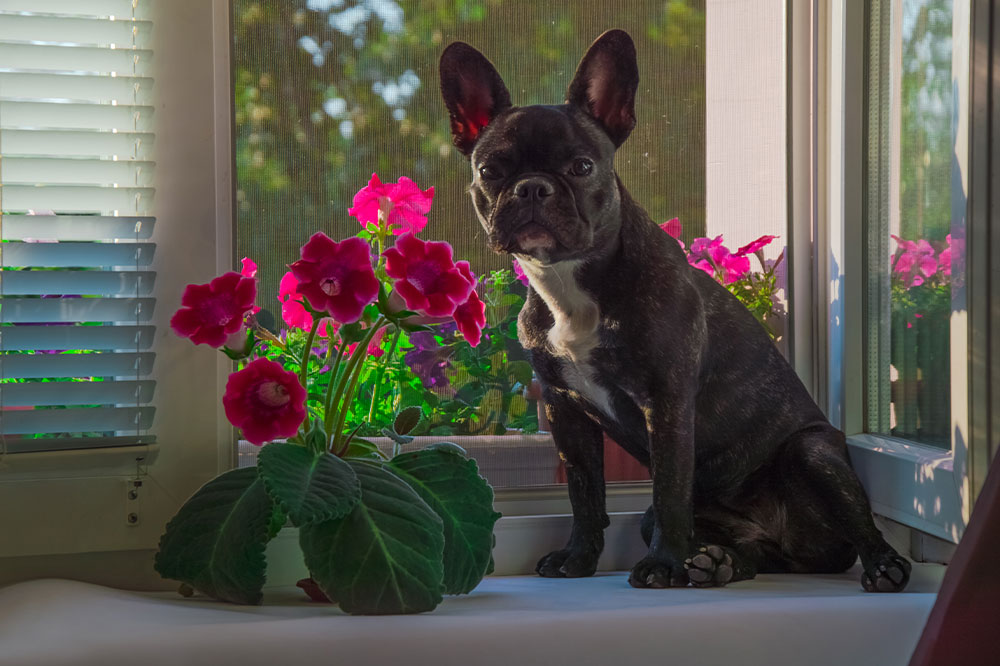7 poisonous houseplants to keep away from dogs
Flowers are known to accentuate the décor of your home. And many plants boast a variety of properties that can help treat topical allergies as well as infections. Some households have shrubs, creepers, herbs, and spices planted around their gardens. But if your house also has pets, it is necessary to keep toxic plants away from their reach for safety. Here are seven common household plants that are dangerous to have around pets.

Aloe vera
Aloe vera is rich in healing properties, and the gel is used for preparing topical applications. However, this plant is highly toxic for dogs as the gel upsets their stomach and can trigger nausea or vomiting.
Sago palm
This easy-growing indoor plant significantly improves home décor. However, if pets accidentally ingest the palm leaves, it can cause nausea, vomiting, abdominal pain, tremors, or even seizures. Fever is also a noticeable effect to look out for.
Tulips
Tulips are one of the most beautiful and decorative plants to have indoors. But the stem and the blooming flowers contain poisonous compounds that can upset your pet’s stomach. The bulbous parts trigger vomiting, excess drooling, and diarrhea.
Allium plants
Onion and garlic plants belong to the allium species. Ingesting the bulbous part of the herbs in large quantities triggers hemolysis, which is a severe reaction that harms the red blood cells. Symptoms include passing red urine, severe weakness, and excessive breathing that indicates a toxic reaction.
Daffodils
Daffodils are common household plants that bloom for longer periods. But every part of this plant is toxic when ingested, which is why daffodils should be kept out of the reach of pets.
Ivy
English and Boston Ivy are outdoor plants grown on wood frames or around trails to help accentuate the landscape. However, always ensure that your pets don’t accidentally end up chewing any part of the plant, as most types of ivy are toxic.
Azalea shrubs
Home gardens just don’t look complete without azaleas. But these beautiful flower-bearing shrubs can trigger excessive drooling and vomiting in pets. If left unchecked for long, dogs may even experience seizures or slip into a coma.
Non-toxic exceptions like basil, chamomile, eucalyptus, lavender, and lemongrass can help fight flea and tick infestations.















